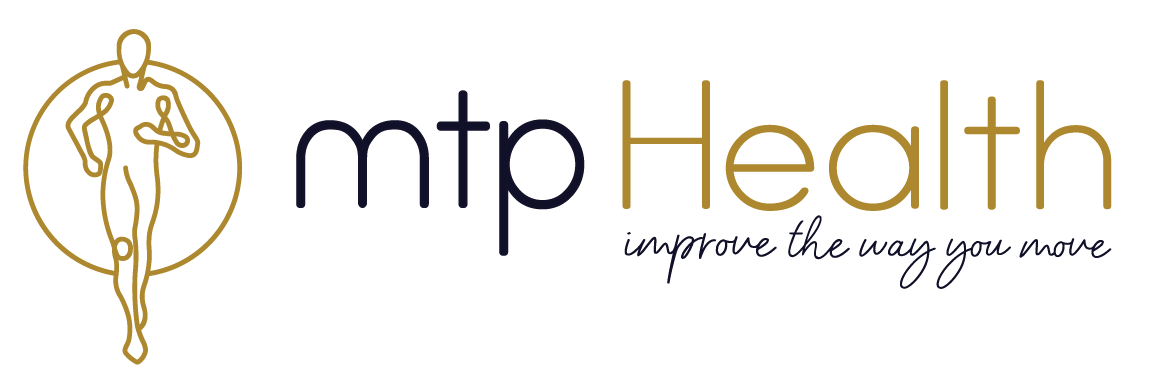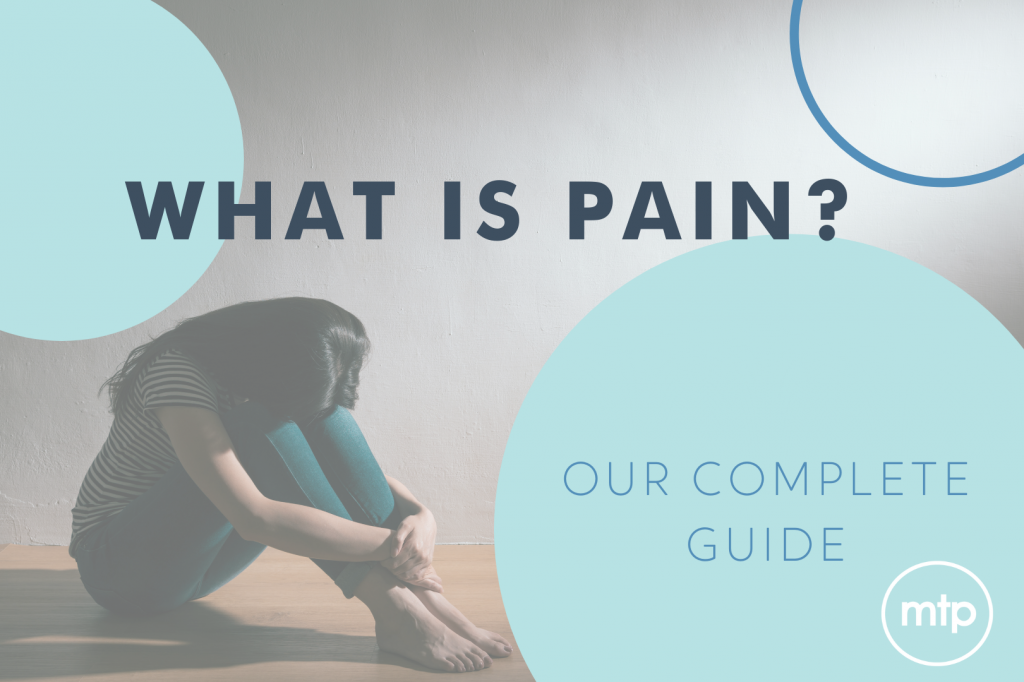Pain [The Ultimate Guide]
The Ultimate Guide to Pain
Pain can be a complex, emotionally charged topic that truly is one of the most interesting phenomena faced in modern healthcare.
It holds no bounds & affects people in a multitude of ways.
And yet, for most people, it holds an authoritative quality to it. It tends to be demanding, all-encompassing, overruling. It couldn’t be possible that pain is playing tricks on them…
And that’s where we want to start.
You see, as healthcare professionals who deal with pain on a daily basis, we have come to learn what works best in helping people deal with such a serious issue. What we have realised in our time is that the only way we can really understand how to overcome pain, is to first understand exactly what pain actually is & how our body creates it.
This article will go a lot deeper than most resources you will find on the internet. It’s much more than your typical blog post. One of our big aims at MTP is to demystify the issues that plague most people in the modern world & give them the actual scientific facts as to why they’re experiencing their issue & what they can do about it. It’s about so much more than simply making sure you ‘activate your core’ & ‘brace your back’ when you move about your daily life.
First Let’s Set The Scene
The begin with, we think it’s best to introduce the idea through one of the world’s most salient experts on the topic of pain. See the fantastic presentation from Professor Moseley below.
The beauty of this presentation is that it helps us to contextualise how pain actually works, as a function of our brain. It gives us more context about how pain is actually created & allows us to realise that at times it can be a particularly unhelpful response from our brain. Evolutionarily speaking, this would’ve been useful for our survival. A perception of threat, giving us an indication that we might be in serious trouble could help us get through the next moment. Yet, when we extrapolate this same signal out to a world where we no longer have to worry about our day to day survival, we can see how this response could potentially be less useful.
The Science Of Pain [It’s All About the Brain]
Now that we have a bit more context about why understanding pain is so crucial, we can start to dive into the science of pain itself.
As always, it’s best to start with some definitions:
Pain: An unpleasant sensory and emotional experience associated with potential or actual tissue damage
Chronic Pain:“Pain persisting beyond normal tissue healing time” (International Association for Study of Pain). A complex interaction involving sensory, emotional and behavioural factors.
To extend the definition of pain further, we also have to introduce the concept of nociception. Nociceptors are the nerve cells that are associated with the perception of pain (from multiple sources i.e. thermal, chemical or mechanical stimuli). These nociceptors only respond when the stimuli is above a certain threshold (e.g. a pan at 40 degrees won’t cause a pain signal, but at 80 degrees it will). This then brings us to the concept of the pain threshold, which is entirely subjective & varies from person to person.
Nociception: Neural process of encoding and processing noxious stimuli.
Pain Threshold: Minimum stimulus required to produce a cortical response in the brain.
There is No ONE feeling of Pain
When it comes to pain there is no one way to feel it or experience it. Pain is an entirely subjective experience that will differ depending on each person, their coping mechanisms & how their brain is able to handle stressors. This has been evidenced by such experiments as the cold pressor test.
Even within the same person, the feeling of pain will differ, depending on the place on their body that is affected & the type of stimulus that is applied.
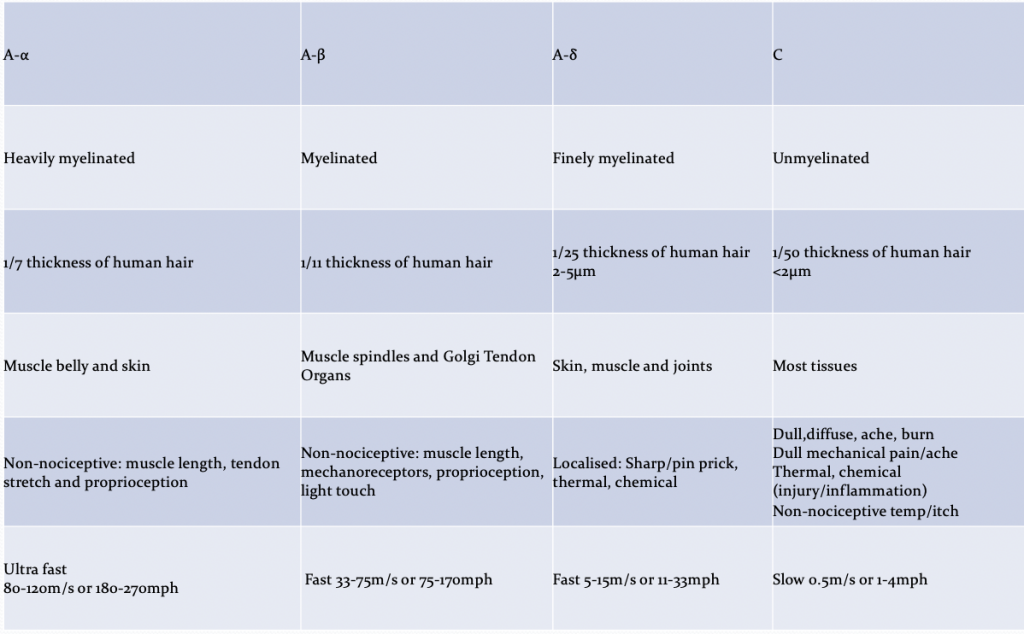
The Various Nerve Types: This Helps To Show That The Feeling Of Pain Will be Influenced by the Type of of Nerve Stimulated
What Contributes to Pain [Models of Pain]
It’s important to remember that when it comes to pain, there are MANY different factors at play that all uniquely contribute to how we experience it. The diagram of the brain below shows the various areas of the brain that are involved with our pain perception & modulation. Many of these areas aren’t directly related to our processing of pain, but they are however directly related to how we experience this pain (e.g. our memory can trigger a threat response in the amygdala, which then causes a hormonal cascade that heightens the sensitivity of our sensory cortex & causes an above threshold pain signal to be felt).
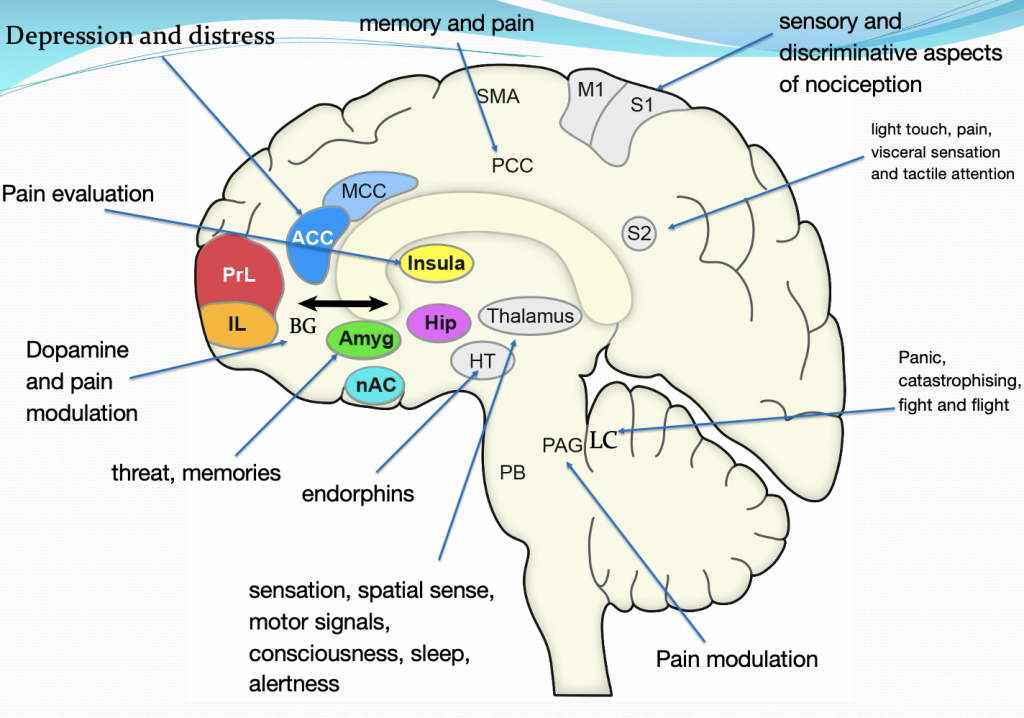
The Various Areas Of Our Brain Involved In The Perception of Pain. All of These Areas Are At Play To Contribute To How We Experience It.
Because of this complex interplay, much of how we talk about pain in the context of treatment for the patient is by using useful models that help to summarise the causes of the factors that stimulate our brain & it’s overall responsiveness to pain.
The Biopsychosocial Model [Life Can Be Painful]
One of the most useful of these models is known as the biopsychosocial model of pain.
In a nutshell, this model helps to showcase the many factors that go into why the experience of pain is different for each & every person, as well as giving some incredibly useful strategies as to how to go about addressing the pain experienced by the individual person in front of us. This model is a lot more holistic taking into account the overall lifestyle of the person, along with their history & subjective experience of the world (e.g. cultural influences, attitudes, etc.). For more context, we talk about this idea through the example of knee pain in our comprehensive article HERE.
At MTP we recognise this as arguably the most crucial factor in relieving pain, as at the end of the day, the entire experience of pain is regulated by the brain. With the many factors at play, being directly affected by our lifestyle, emotional status & overall psychology, we can see why this model is so important at representing how to deal with pain. It also helps to explain why the experience of pain is unique to each person.
To address this part of the experience of pain, we focus on overall lifestyle change through the concept of empowerment. Essentially, we help people to take control of their own positive health habits & psychology, to inherently create a more positive experience of the world for themselves. Fortunately, research shows that exercise is one of the best ways to foster this!
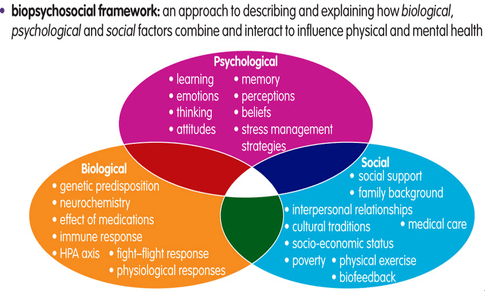
The Biopyschosocial Model Helps to Give Us A Well Rounded Look at The Many Factors that Influence the Various Structures in The Brain That Perceive Pain
Biomedical Model [When Conventional Wisdom Doesn’t Stack Up]
To set the scene for how revolutionary the biopsychosocial model is for helping us to deal effectively with pain, it’s critical to establish how pain is usually thought of.
There’s a good chance that this is the exact model you’re using to think about pain. In western medicine, much of a physicians training is centred around the biomedical model. Essentially this model assumes that the sole cause of disease is some kind of anatomical dysfunction or abnormality within the body/ organ/ area of question itself. The idea is that as soon as you fix the area that ‘dysfunctional’ then pain should no longer persist.
Yet this isn’t always the case. In fact, when we look at the evidence for different kinds of surgery, we see mixed levels of effectiveness with a high amount of variance depending on the procedure being undergone. For example, through extensive clinical trials, we know that in a procedure that can be highly effective for some people, the knee replacement, up to 20% of patients will be unsatisfied with the outcome. There is a lot of debate as to why this is the case, but a lot of top specialists believe it has to do with the biopsychosocial experience of pain. In looking at a condition such as back pain, the stats look even more grim. Much of the research we have available suggests that at best the result associated with spinal surgery should be considered ‘small’. When it comes to surgery there is an order of hierarchy of intervention that is important to be followed in order to get the best possible outcome
The overriding conclusion is that there is never 100% positive results with surgical interventions & other pathologically based, biomedical interventions. This doesn’t mean surgery is not effective (it can be an amazing tool that has the power to drastically change someone’s life when properly indicated & combined with other treatment methods), it simply means that there is a LOT more to the story than just our physical anatomy. That’s where the power of our approach & models such as the biopsychosocial model come into things!
![He Oa Treatment Pyramid. Oa Of The Hip And Knee Is Best Managed Using Education, Exercise And Weight Control With The Addition Of Pharmacological And Surgical Interventions When Needed. All Patients Should Be Offered First Line Treatment, While Some Will Need Second Line Treatment And Few Will Need Third Line Treatment. *passive Treatments Include Manual Therapy, Acupuncture, And Other Treatments Given By A Therapist And Not Requiring An Active Lifestyle Change By The Patient [roos & Juhl 2012]](https://www.mtphealth.com.au/wp-content/uploads/2020/02/Knee-interventions-1024x530.jpg)
The Order Of Interventions For Treatment Of Musculoskeletal Conditions. One Must Be Exhausted Before The Next Tier Is Considered.
Biobehavioural Model [Adding Decision Making To Pain]
Another incredibly useful model of pain is that of the biobehavioral model. This model takes more of the decision making into account. When we look at the diagram of the brain above, we can see the different areas of the brain that are likely to be affected by the various quadrants of this diagram (e.g. cognitive-evaluative component is associated with the thalamus, while the sensory-discriminatory component is associated with the S1 sensory cortex).
This is useful as it allows us to get a more microscopic, scientific look at the lifestyle factors of pain.
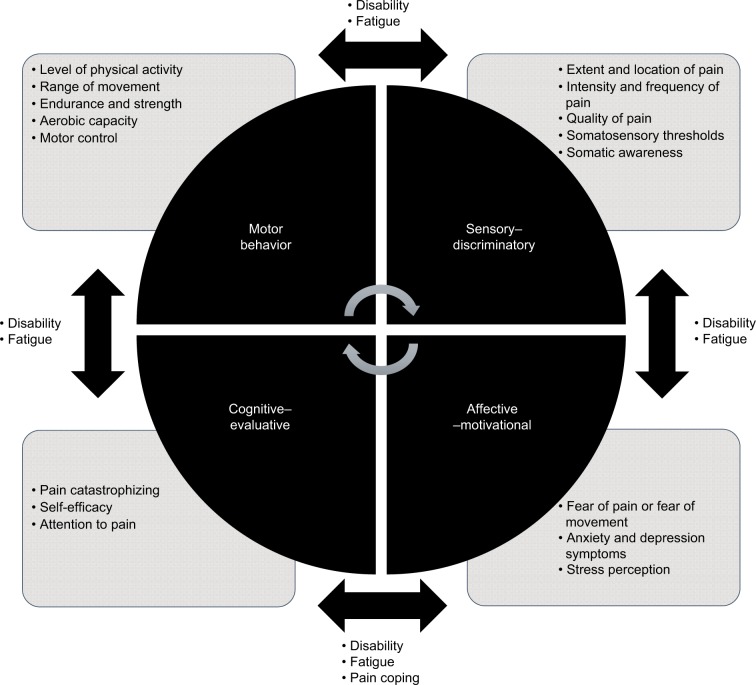
The four dimensions of the biobehavioral model of pain perception and motor behaviour, which help to further explain subjective factors related to Pain
Controlling Pain
With all of this talk of what causes pain, we think it would be an absolute disservice to not talk about how we actually go about addressing it.
While education is shown to be arguably the biggest factor in pain reduction, with the models that we have mentioned above being incredibly useful education tools to help us reframe pain, it can still be useful to have some specific lifestyle based frameworks to apply it to. A big part of being able to create any change that lasts is by altering behaviour & lifestyle. As such, we focus heavily on this with our interventions.
For a comprehensive look at a specific example of how exactly how we work with pain in an applied context, see our detailed article on low back pain.
Empowerment
The most important way that we create behaviour change at MTP is through the process of fostering empowerment.
Essentially it’s about teaching people the necessary skills they need to be able to continually improve & manage their own health & physical function on their own. We feel the best way to do this is to connect them with meaningful goals regarding their movement & work with them to optimise their body so they can achieve this goal (e.g. someone who loves hiking but has been avoiding it due to knee pain can go through our Knee Program and by the end of it, gain the physical function & skillsets necessary to get back into hiking, while also managing their knee pain for life). Platforms that connect people with health & wellness activities in their area such as PlaySport, can be absolute gold here & have the power to completely revolutionise healthcare.
The beauty of this approach is that it takes the focus away from exercise for exercise’s sake & instead helps them to learn to love the process of movement & seeking constant improvement. By pursuing meaningful goals & doing things with their movement that they genuinely enjoy, they are able to optimise their physical function in the process, while also significantly improving the many biopsychosocial factors that go into pain.
If you take a look at the elements involved in the biopsychosocial factors of pain you will notice there is a big influence of lifestyle factors & social experience. This is where movement & exercise comes into a world of its own, as it has been proven to have a whole host of health benefits associated simply with being around others in a social environment. And that’s not to mention the positive psychological benefits of being outdoors & simply moving.
At the end of the day, as human beings, we’re designed to move, so we feel that we should do everything in our power to make sure we are able to do it as much as we can every single day (even better if actually enjoy it & thus don’t have to think about it)! To see some data on the minimum physical activity amounts for improving your quality of life, check out our review here.
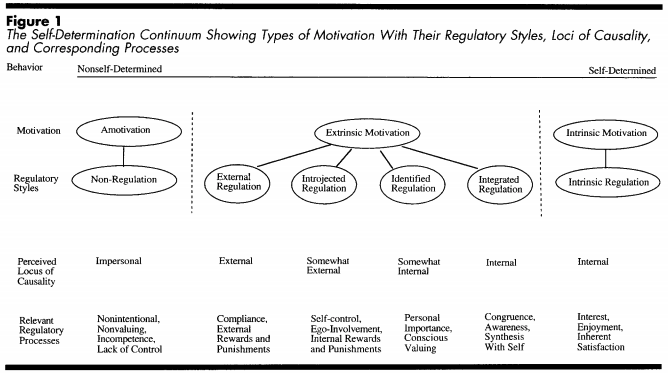
Intrinsic Motivation is The Hidden Force That Compels People To Move & Be Optimally Healthy For Life
Gate Control Theory, Pain Relief & Neuromodulation [Shorter Term Strategies]
We couldn’t complete an article on pain without making mention of the strategies that we use to relieve pain in the short term.
If you’ve been to a therapist & noticed ‘magical pain relief’ as a result of some kind of specific intervention (e.g. adjustments, massage, dry needling, massage tools, electricity etc.), then chances are you’ve experienced this kind of short term pain relief. While there is nothing wrong with this kind of pain relief, it’s important to remember that it’s only temporary.
Relief is an incredibly useful tool to get you back moving again, so we can actually address the reason why you had that pain in the first place. In most cases, unless the pain is the result of an acute incident, there is a comprehensive list of reasons why pain has come about. It could be movement-based, it could be lifestyle based. It could even be simply how you think about pain. Whatever the list of possible causes, the key is that pain is a signal that we need to act on.
At MTP we like to use movement as the tool in which we provide long-lasting relief and help to address the root causes of the pain. It’s because we recognise the general health benefits of movement, that we believe in this approach. Even if there are only mild elements of movement dysfunction contributing to the pain, a structured approach toward lifestyle change & movement will have massive impacts on someone’s experience of pain. All of our practitioners are uniquely skilled at addressing the biopsychosocial elements of pain & work comprehensively to address the persons specific situation in order to get them out of pain for good.
With all of that said, if you do happen to find yourself in pain, it can be very useful to have some quick relief tools up your sleeve. This can include things such as specific breathing drills to help reset the nervous system, self-massage tools & basic movement routines.
For a super quick relief that can be done anytime at home, we like to use the Theragun. The technology of the device allows the user to create a neurological stimulus that’s similar to that of a skilled therapist & create almost instant pain relief. See our post below explaining exactly how this works through the concept of pain gating. In a nutshell, the device sends an electrical stimulus through our nervous system, that effectively helps to scramble the pain signal being sent to the brain. An incredibly useful tool that can help get you out of short term pain & back on track with your movement & empowerment journey.
View this post on Instagram
Conclusion [Pain is Complex, But Movement Is King]
So there you have it, our comprehensive guide to pain. It’s an incredibly important topic, being arguably the most critical life skill everyone on this earth should master. Without a thorough understanding of pain, we can end up suffering for years on end.
In fact, we’d go as far as saying that if everyone completely understood pain, then we would save billions of dollars in healthcare expenses. In Australia, the total cost of chronic pain is estimated to be about $140 billion. That’s not including the quality of life costs that pain can have on someone’s existence (ever tried to do anything productive while in serious pain). Too much of the healthcare costs that exist today are associated with ineffective treatment modalities & less useful narratives that get people stuck in a mindset & lifestyle pattern that keeps them sick & in pain. While it isn’t just the fault of the system (the way we live modern life is not quite conducive to health), there are still many things that can be done to help people avoid the end state of disease they find themselves in.
This is where education & preventative health come into the fold. Ever heard the saying ‘a stitch in time saves nine’? Well, that’s the perfect analogy for how we can do our bit to optimise our health & avoid pain for life. By taking heed of the messages in this article about living an empowered life, centred around movement we can effectively avoid pain & all of the costs associated with it.
It’s about far more than just staying out of pain. It’s about living as human beings are designed to live & optimising human function for good!
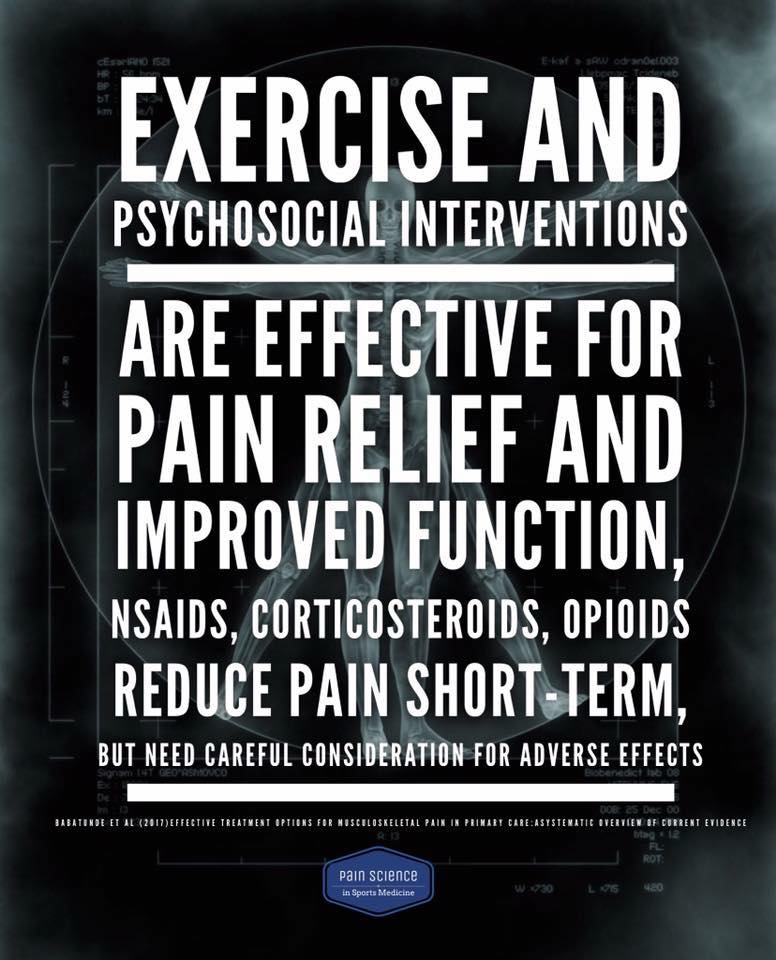
Movement is King No Matter Where You’re At
A Call To Action [Help Rid The World Of Chronic Pain]
If you would like to do your bit to help rid the world of chronic pain & put healthcare spending where it could be better used, then we would strongly encourage you to share this information with as many people as possible. If we can educate just one person & help them avoid pain for life, we can re-allocate millions of dollars of possible funding towards forces that will create positive change in this world. It would mean the world to us if you shared this article on social media, sent it to those you cared about & simply got people taking about the extremely powerful concepts that lie within!
We at MTP Health have a vision to empower 1 million people by improving the way they move & we hope that the information contained within this article can do just that.
Reconceptualising Pain & Diagnoses [Education: The Most Important Tool]
Just in case, the information provided above wasn’t quite enough to get the message through, we figured it might be useful to include some of the best infographics we’ve found on the internet, to help contextualise things for you even more. Even if just one of these images hits home for you, then we will have done our job in helping bring a positive influence to your life 🙏
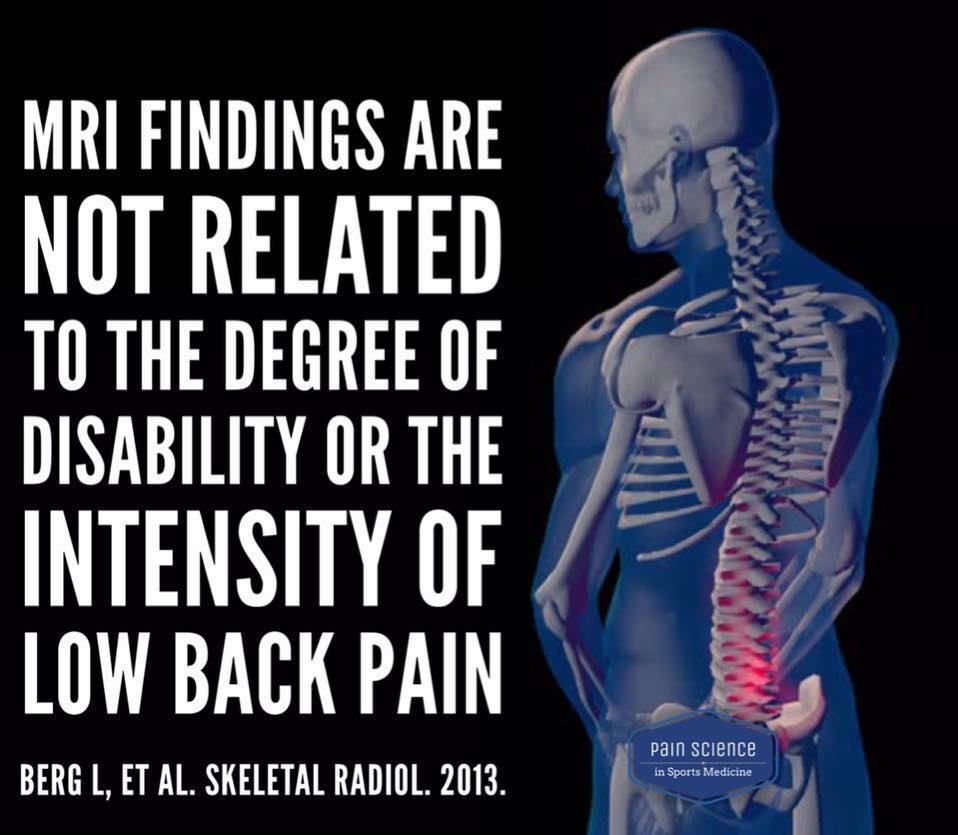
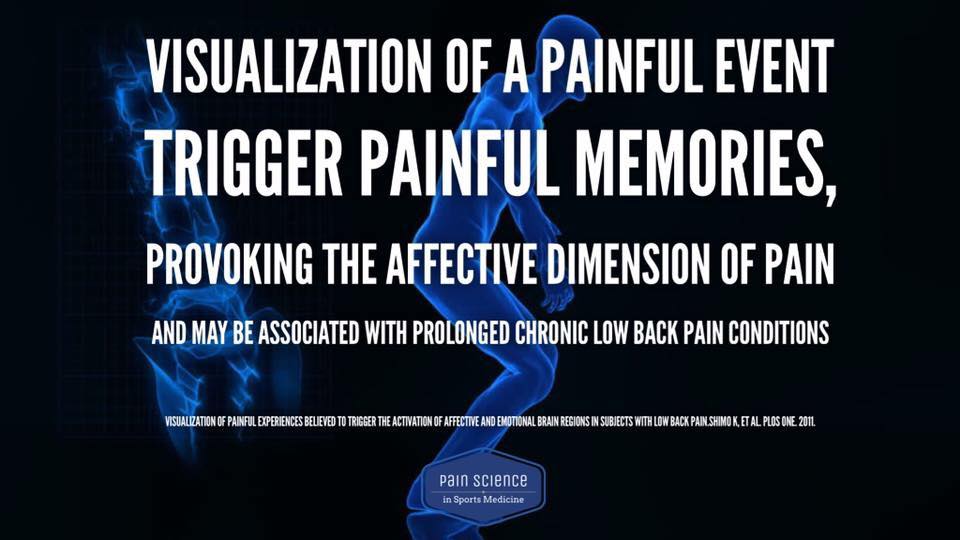
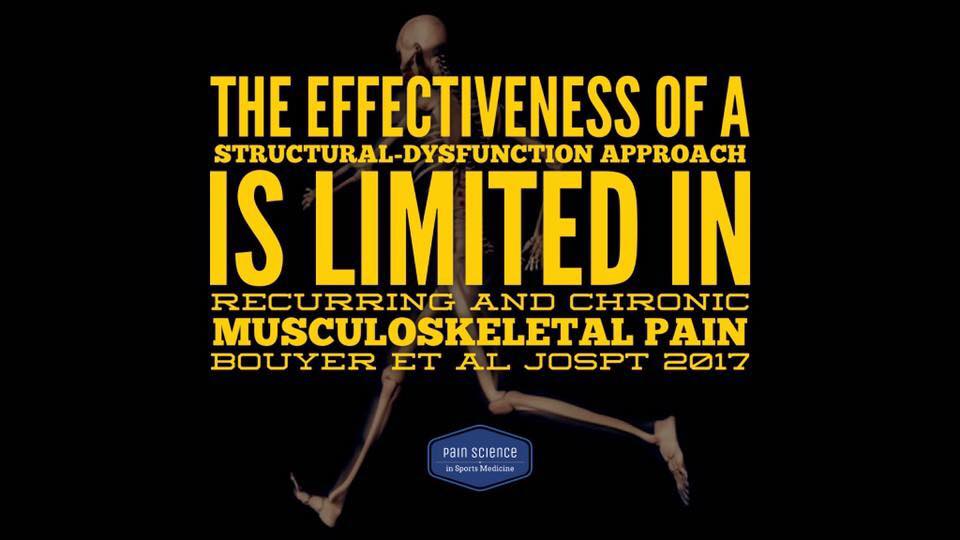
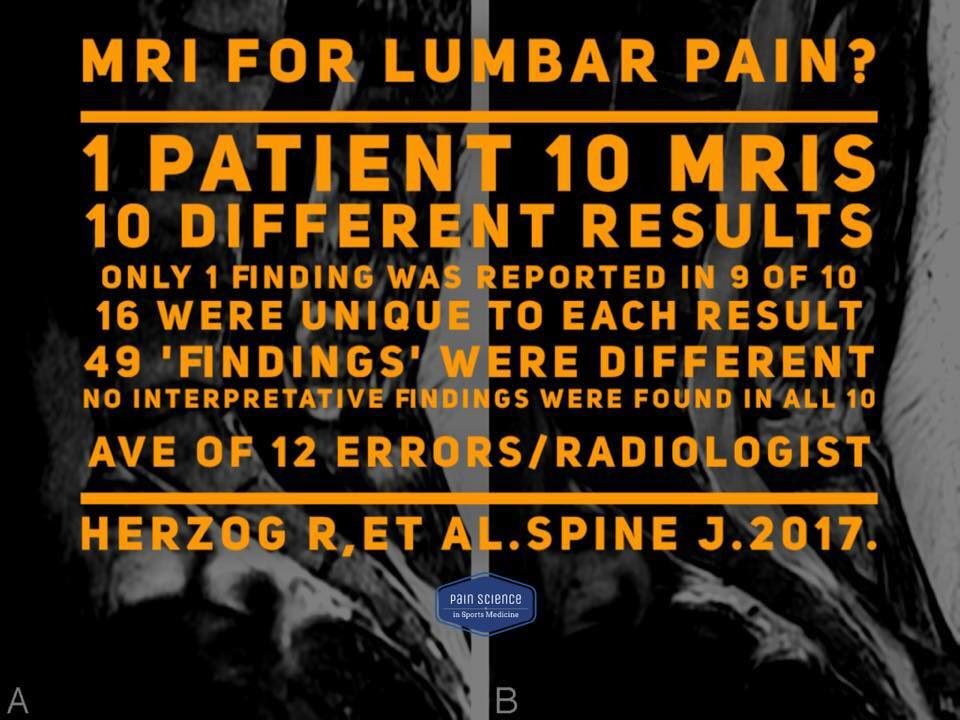
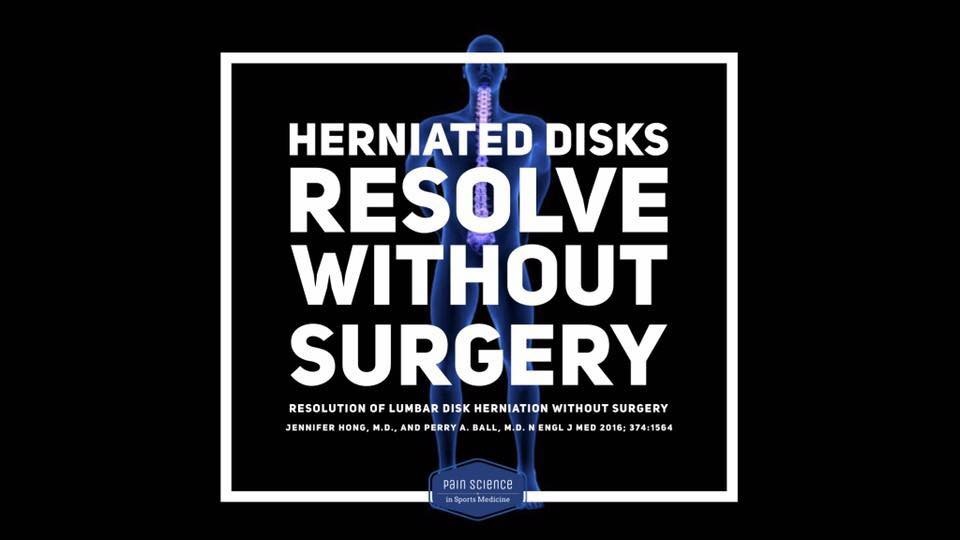
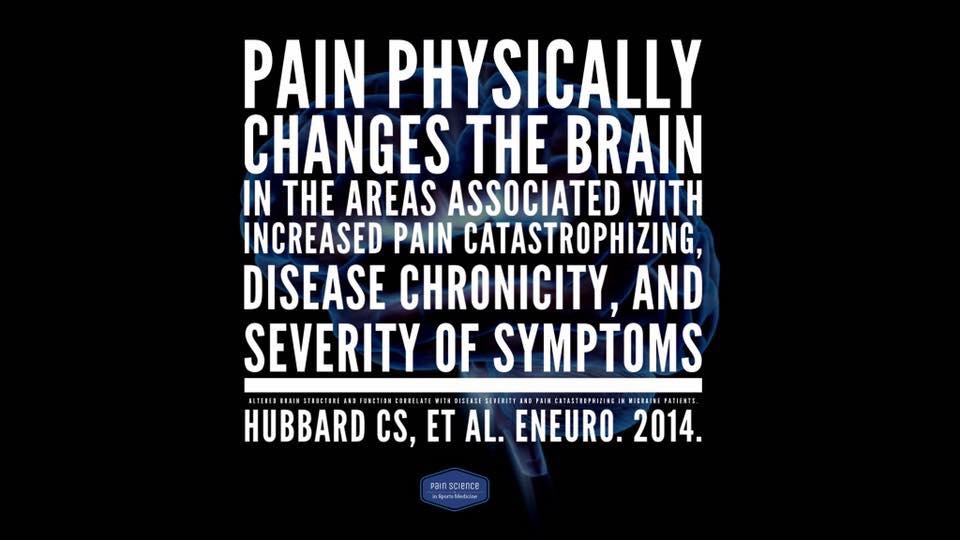
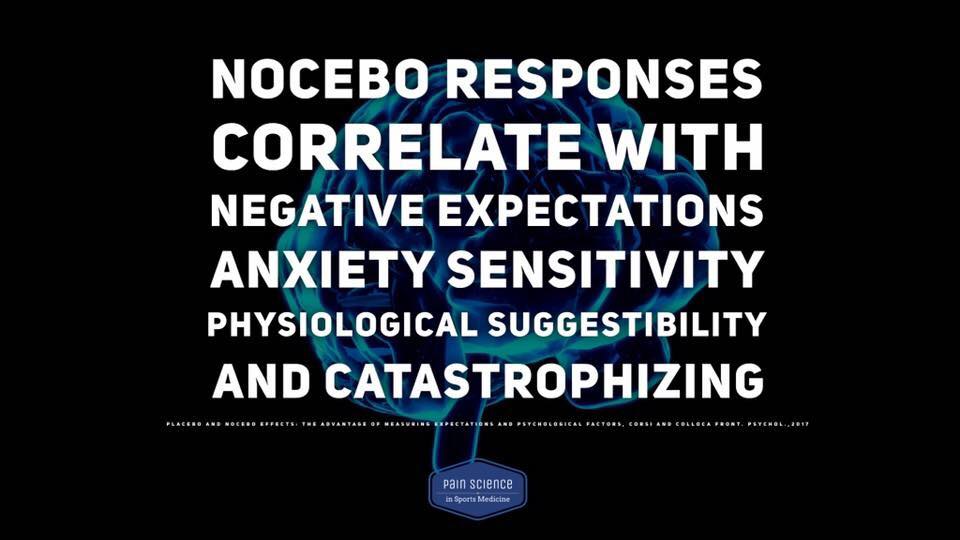
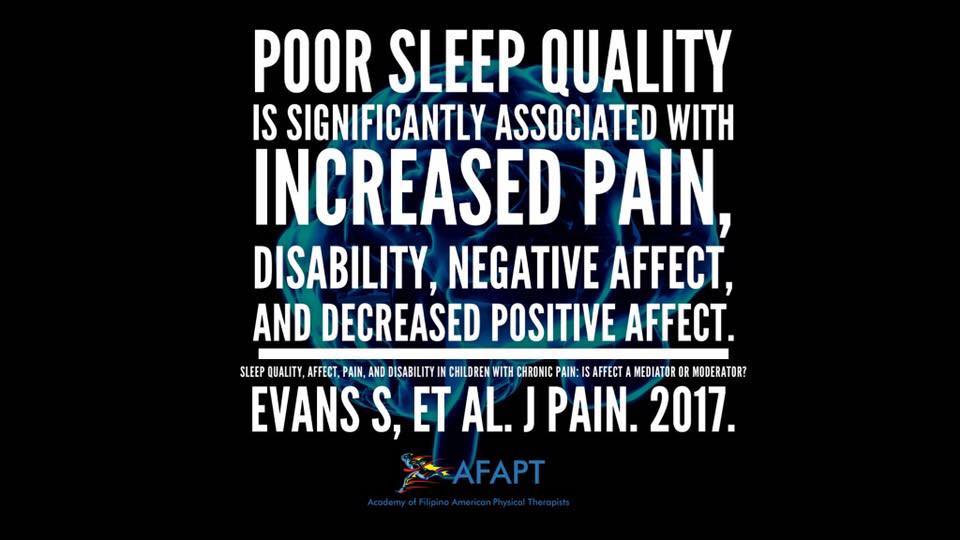
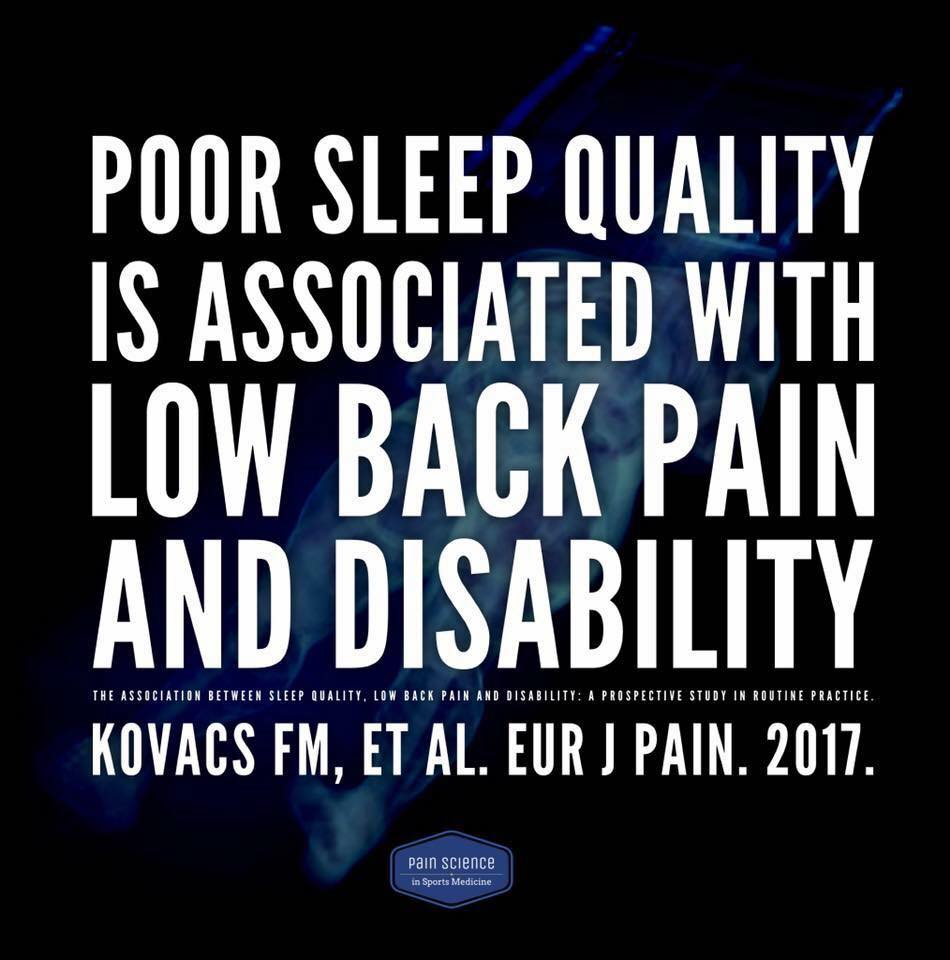
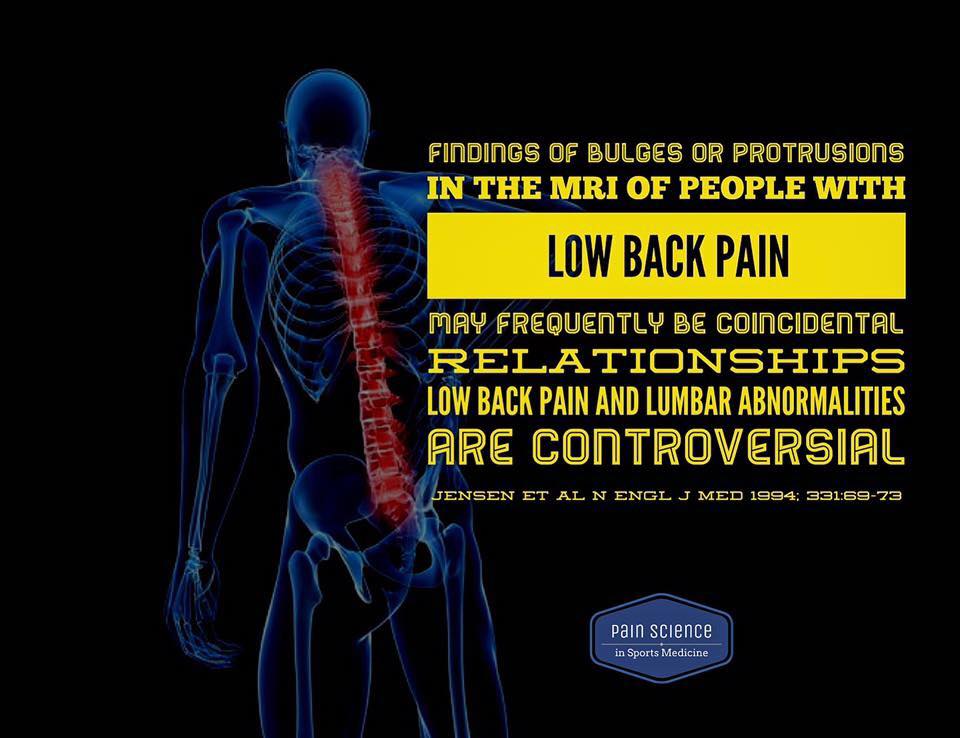
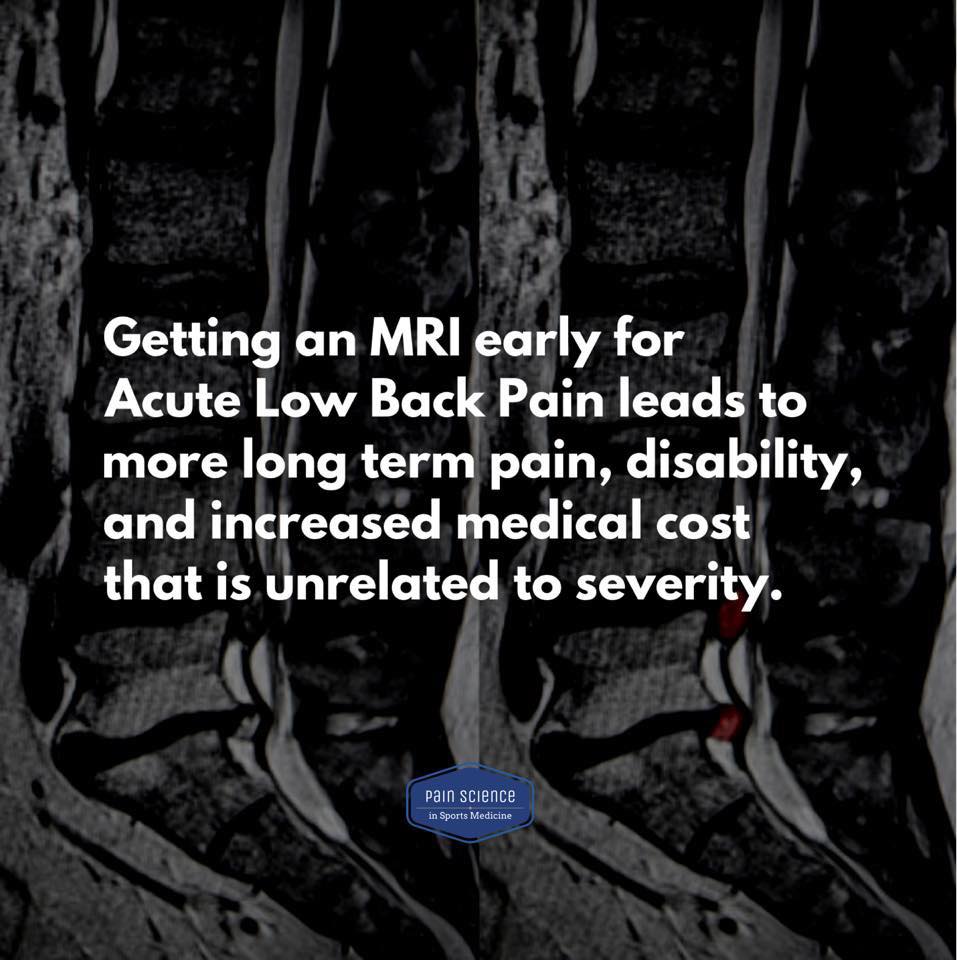
In Short
- Pain is a response of our brain to perceived threat.
- It can be habitually created by our brain.
